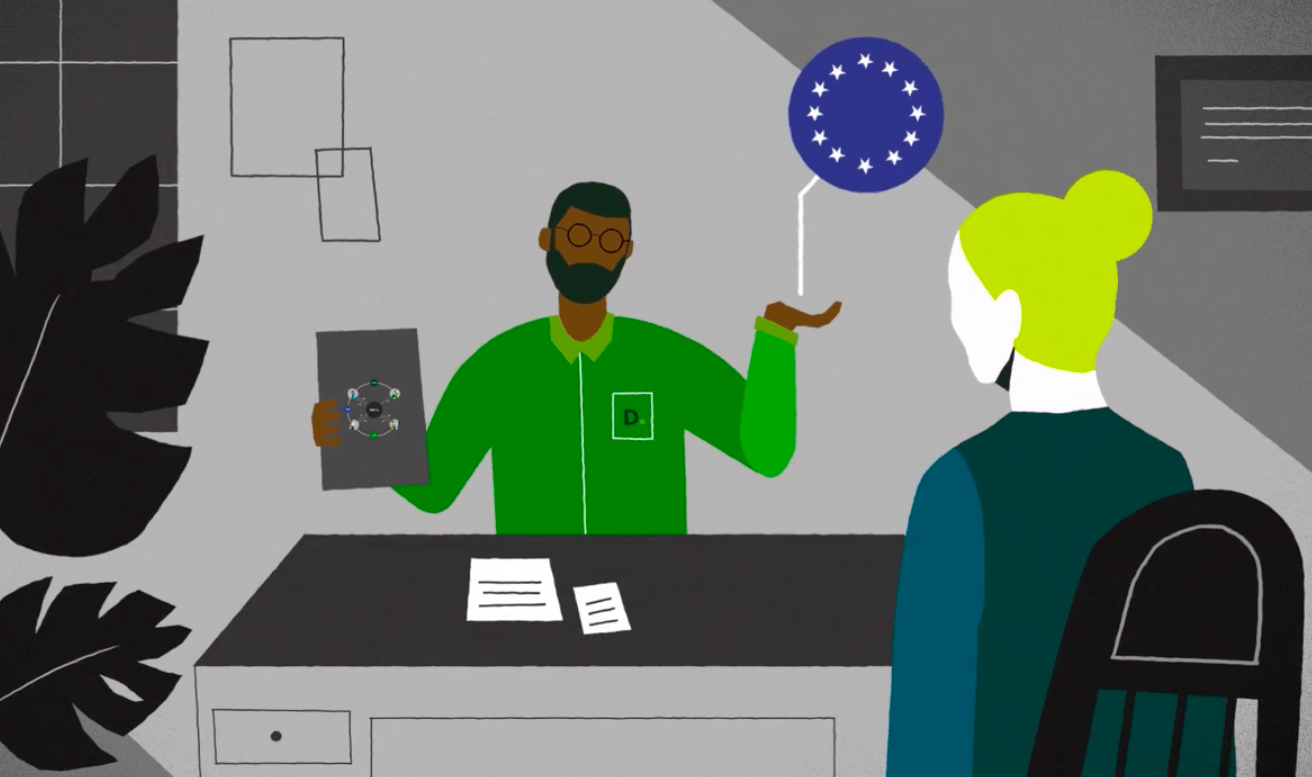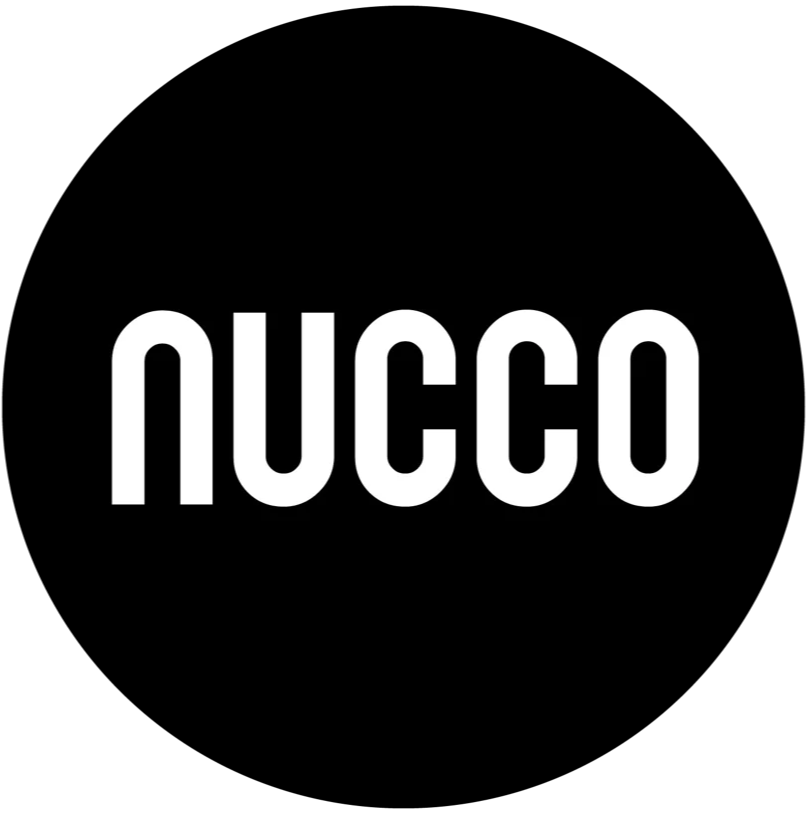MAKING THE CASE FOR CREATIVE IN REGULATED INDUSTRIES

How do you bring your stakeholders along the creative journey and prove that it will surprise and delight your audience?
Creative can be a powerful tool for communications but it’s not always widely appreciated. And because it relies on buy-in from internal stakeholders, often communications teams are at the whims of a wide range of views on its value.
At our February 2020 event, we got together a group of individuals with experience not just in getting creative communications made, but getting it through the proper channels and out into the world.
Joining us, we had Sunny Deo, Strategic Creative Director from Accenture; Jessica Ringshall, Managing Director at BCMA; Jeremy May, Co-founder of Nice; and Julia Arenson, Head of Creative Operations at Specsavers.
Creativity as a brand differentiator
It’s widely accepted that creativity on its own isn’t enough to differentiate your brand. In fact, if it’s not done right, creativity can actively work against the brand you’ve been working so hard to build. A large part of getting it right is authenticity. It’s about brands telling the truth about who they are at an intrinsic level, and extending that out through the way they communicate – because every brand has a unique story. And it’s that genuineness resonates with audiences. They believe it.
That story should come out through tone of voice and visual language, and it can have real impact on your bottom line. The fact is, better performing creative needs less financial investment, as it improves search rankings and it’s more memorable for audiences. In other words, you get more bang for your buck – and you create brand ambassadors. For small businesses in particular, this can be the difference between success and failure. Without sound creativity, they simply can’t compete with the larger marketing budgets of more established brands.
Creativity as an environment
On this point, the panel was unanimous – creative environments are all about empowering all the people in your teams. And that’s not just the people with ‘creative’ in their title. Instead, it recognises that everyone is capable of a good idea and giving them the opportunity to share.
It’s a collaborative approach that gives companies access to a wider pool of ideas, but it also recognises that good ideas can come out of ideas that don’t seem that great initially. Sunny Deo, Creative Director at Accenture likens it to the improv rule of ‘yes and…’. Essentially, everyone is encouraged to help interrogate and evolve each idea for its merit.
This comes from a top-down mentality. At one level, that means creative directors need to make a conscious effort to include everyone, but it’s also vital that management buys into the concept – ultimately, they’re the ones who hold the keys. Once they do, though, it can have a revolutionary effect, unleashing creativity across your organisation.
Getting stakeholders on board
A lot of the time, it’s about treating stakeholders like you would a client. You have to sell it to them. And the number one rule for selling is knowing your customer – and tailoring your message to them.That means some stakeholders will want to see all the stats and research you can give them to justify your creative route, some will want to see mockups – and others just want to hear a good story. Ultimately, your job is to make them understand why they need it.
At Specsavers, they make a policy of showing the brief to their stakeholders, explaining the strategy, and only then presenting their creative solution. It’s an insurance policy – whether the creative is right or wrong, it helps stakeholders understand the journey.
Limits around creativity
Creating boundaries around creativity can help keep it healthy or it can stifle it, but finding that balance can be tricky.
For Jess at BCMA, it’s cultural. It’s about creating the right environment and set of expectations to make sure teams don’t fall in love with an idea that’s wrong for a brand. There are plenty of great ideas that just don’t fit a brand, to the point where it’s hard to see the logical connection between the client problem and the creative. So part of setting boundaries is about keeping creative work focussed. Sunny agreed, ‘I’d rather sell in weaker creative that’s on strategy than strong creative that’s off-brief.’
And what happens when it goes wrong?
Sometimes, no matter how good the idea, it doesn’t take off. And if getting stakeholders on board in the first place was a challenge, this can impact trust. Because all creative work is trial and error, some failure is to be expected. But getting back on your feet creatively means transparency.
You need to conduct an honest and impartial autopsy into why the project didn’t deliver the results you’d expected. So you need to be able to show your process from the beginning, and try to figure out where it went wrong. It’s not about pointing the finger – it’s about understanding what happened and what can be improved. Was the turnaround too tight? Were there stakeholders who hadn’t fully invested in the project’s success? And what lessons can we learn to make sure future projects are better?
Want to learn more? You can check out the live stream of our event starting from minute 26.
Looking for a new creative partner for your projects? Talk to our experts today.


